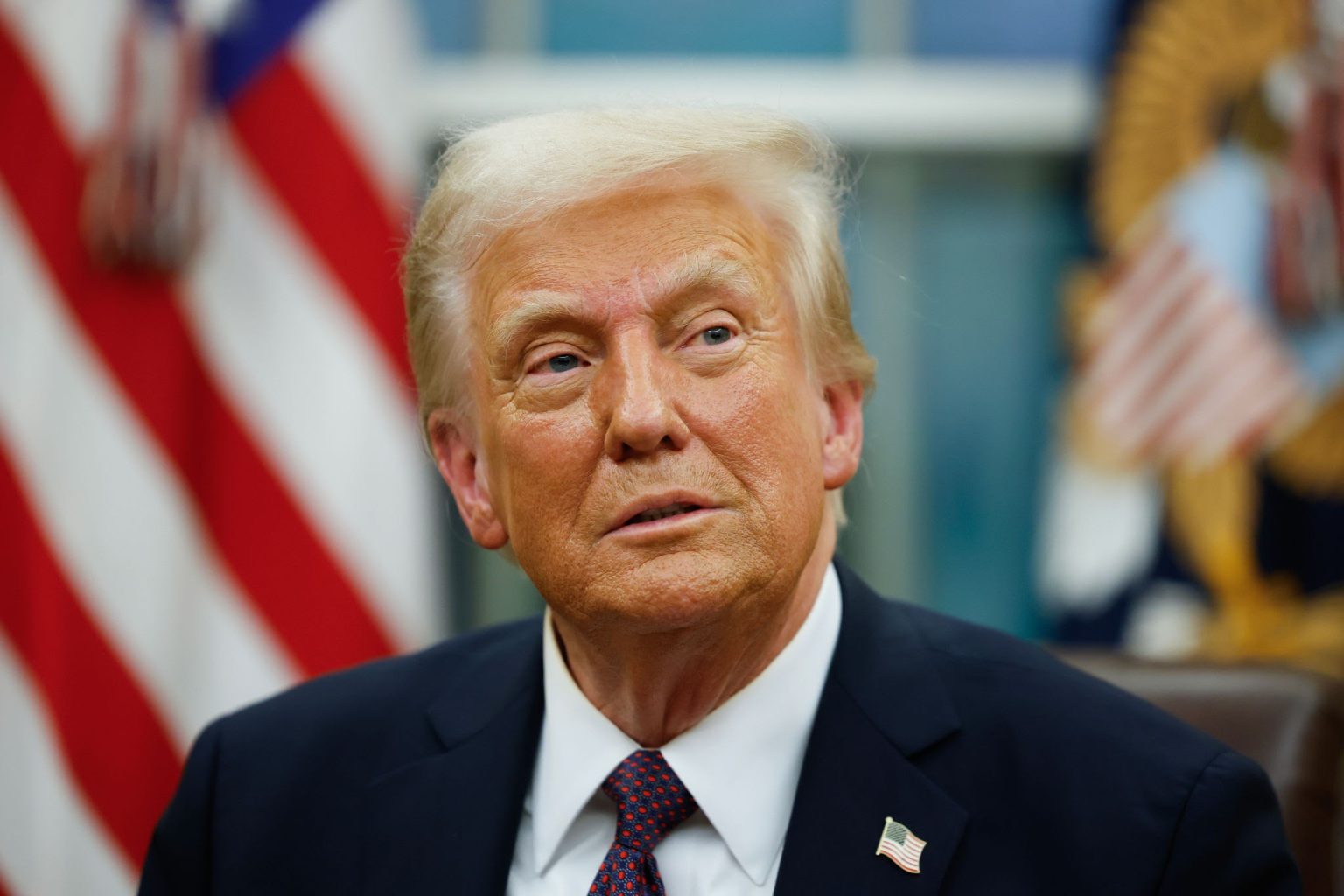In a dramatic expansion of his protectionist trade agenda, President Donald Trump has announced plans to impose sweeping import tariffs—25% on Apple products and a 50% blanket tariff on all goods from the European Union, beginning June 1, 2025.
The threats, delivered via a series of posts on Trump’s Truth Social platform, have already sent shockwaves through financial markets and raised fresh fears of global economic instability.
“If Apple wants to sell iPhones in the U.S., they should be made in the U.S.,” Trump declared, threatening a tariff hike unless the tech giant shifts production out of countries like India.
Apple in the Crosshairs
The tariff threat specifically targets Apple Inc., the world’s most valuable technology company. Trump warned that unless Apple manufactures its iPhones domestically, all imported devices would face a 25% tax, an action that could raise U.S. retail prices by as much as $275 per unit.
Apple shares dropped 3.5% in futures following the post, before partially recovering during early trading. Trump claimed he had informed CEO Tim Cook that production must shift to the United States to avoid tariffs.
The legality of such a targeted tariff is questionable, as U.S. law generally requires tariffs to be applied to classes of goods from specific countries, not individual companies. When pressed, Trump claimed similar duties would apply to other smartphone makers, such as Samsung, in order to ensure “fairness.”
EU Tariffs and Rising Consumer Costs
Trump’s second and more expansive threat involves a 50% tariff on all goods imported from the European Union—excluding the United Kingdom.
Citing a more than $250 billion trade deficit, Trump accused the EU of unfair trade practices, VAT manipulation, and what he described as “ridiculous corporate penalties and lawsuits against American companies.” He falsely claimed the EU was created “to take advantage of the United States.” If enacted, the tariffs could raise prices sharply on a wide range of goods including:• Pharmaceuticals and medical equipment
• European automobiles
• Luxury goods and fashion (clothing, leather, shoes)
• Wine, spirits, coffee, and confectionery
• Cosmetics, tools, and consumer electronics
Analysts warn that U.S. consumers, not foreign exporters, would bear the cost. A $100 product from France, for example, could now cost $150 at checkout.
Market Jitters and Economic Fallout
The tariff announcements rattled global markets and intensified concerns about a recession. Trump’s trade moves, including an earlier 154% tariff on Chinese goods, have already disrupted global supply chains and eroded investor confidence.
Moody’s, the global credit rating agency, downgraded the U.S. credit rating to Aa1 last week—the first such move in nearly a century—citing growing deficits, unsustainable debt levels, and long-term economic risks posed by erratic tariff policies.
“We see no serious attempt to address rising debt,” Moody’s said. “Tariffs of this scale are likely to reduce long-term growth and raise inflation.” With U.S. federal debt projected to hit 134% of GDP by 2035, analysts warn that the Trump administration’s strategy of using tariffs as economic leverage could backfire, harming both U.S. credibility and household budgets.
Political and Diplomatic Consequences
European leaders have yet to respond officially, but trade experts expect swift retaliatory measures. The World Trade Organization (WTO) is also expected to weigh in, particularly if the U.S. attempts to impose product-specific tariffs outside international trade norms.
Meanwhile, Apple’s role in the U.S. economy—where it accounts for 44% of U.S. iPhone revenue and over $200 billion globally—makes the company a focal point in an escalating war between the White House and global industry.
Trump said the tariffs could be enforced “by the end of June” unless companies comply with domestic manufacturing demands. While such policies may appeal to parts of his political base, economists warn the price will be paid by consumers, small businesses, and American credibility on the global stage.



